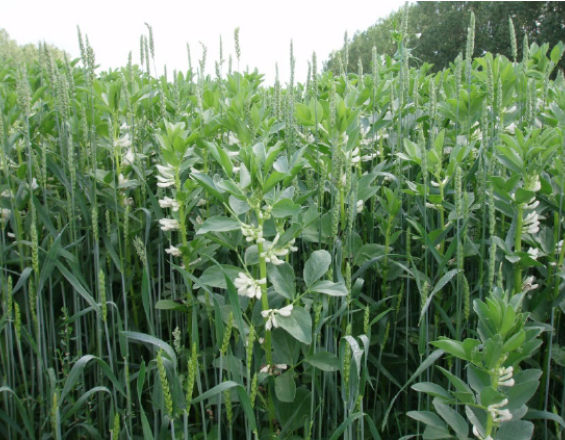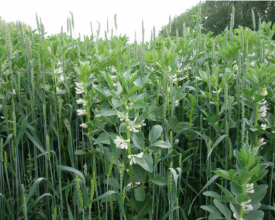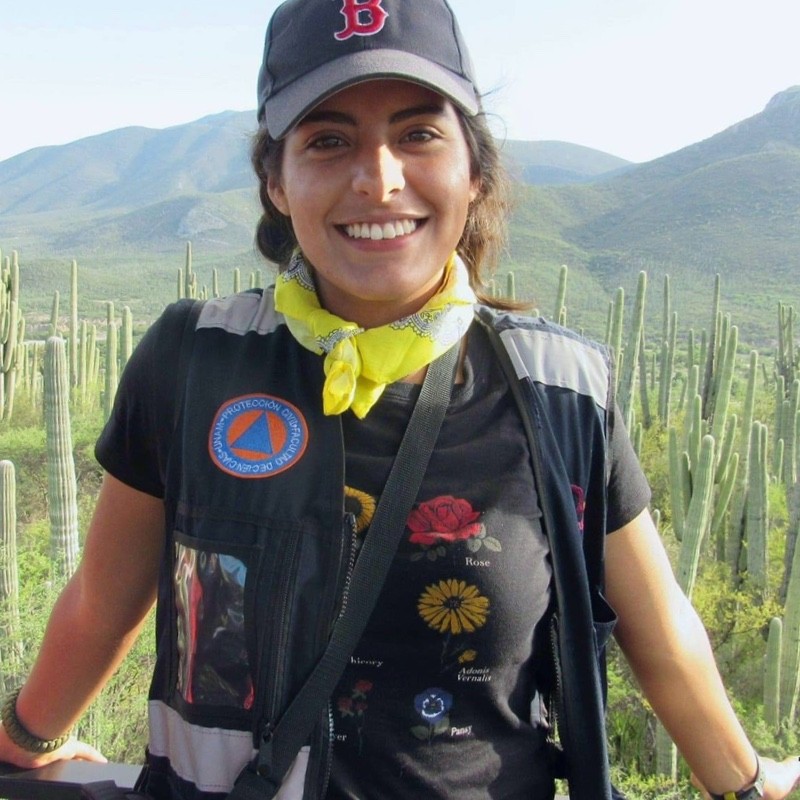
Ecosystem-based Adaptation by small holders in Roslagen, Sweden

An informal network of small holder farmers cultivate high quality organic products in an area of mixed agriculture and forestry in Sweden. Cold winters, recurring dry spells and diseases affect their agricultural production. Ecosystem-based measures are used by these farmers to adaptively respond to climate variability and change to reduce crop damage and failure. Ecological information is transmitted through the network ensuring a reservoir of old and new knowledge for farming practices that enhances their resilience.
Contexte
Challenges addressed
Sustaining food production in uncertain climatic conditions and disturbances such as droughts, pests and diseases.
Emplacement
Traiter
Summary of the process
Management of multiple species (cultivated or wild) within an agroecosystem (Building block 1) buffers climate variability impact on crops while keeping the ecosystem functioning. Natural indicators (building block 2) are used for building block 1. Managing the environment to mitigate disturbances due to climate variability and change (building 3) underpins everything. Finally the transmission of knowledge throughout a local network (building block 4) provides a reservoir of adaptation possibilities that enhance resilience of the farmers and their ecosystem.
Building Blocks
Management of multiple species
Farmers practiced polyculture, which involved mixing crops in the same field space (i.e., intercropping) and growing them at different times (i.e., crop rotation).
Farmers also recognized that farm animals, non-cultivated plants, birds, and soil flora and fauna are important components in agroecosystems and therefore protect and manage these. For example, geese were used to control weeds in gardens, and hens were used to control livestock parasites. Non-cultivated plants were used as primary producers, as shade plants, as temporary stores of nutrients, and to prevent growth of visceral parasites. Certain wild fauna are also protected (prohibition to harm) as their role in regulating pests or in pollination is recognized.
Enabling factors
Crop rotation revitalizes the soils and prevent pest infestations. A typical crop rotation in Roslagen, includes perennial leys with nitrogen-fixating species. The timing and sequencing of crops are adjusted to soil type and field condition. Intercropping with leguminous plants enhances plant availability of nitrogen.
Lesson learned
Local practices of mixing species and varieties have beneficial effects on crop production over time, especially by buffering climate variability and reducing pest damage. Indeed farmers identified the following benefits of intercropping:
1. Increases production
2. Enhances the supply of nutrients, especially nitrogen
3. Attracts insects and birds that control pests and diseases
4. Protects the crop against fungi by naturally occurring chemical compounds
5. Repels harmful insects by fragrance
6. Increases taste and aroma in the crop
7. Increases the content of ethereal oils in herbs
8. Increases crop quality in vegetables
9. Buffers for crop failure during climate irregularities
Use of natural indicators
In order to be able to interpret and effectively respond to ecosystem variability and change, wild flora and fauna were also used as indicators. Farmers observed the development of wild plants and the development and behavior of wild animals, and used this information to plan and adjust land management. For example in Roslagen, Sweden, the size of birch leaves can give an indication of when to sow. The presence of certain plant species gives an indication on soil quality.
Enabling factors
Being in an environment where natural habitat co-exists with the agro-ecosystem and is protected enables the use of natural indicators.
Lesson learned
In variable conditions, the timing of planting and harvesting is critical. Natural indicators capture multiple information that is important for crop success or at least reducing failure.
Management of the environment
Farmers manage their environment to mitigate disturbances, such as floods, drought and disease.
Forests and trees in wetlands areas are protected to regulate water levels. Practices are undertaken, such as harrowing in early spring or using nurse crops or trees for shade, to preserve soil moisture.
Pests and weeds are controlled through intercropping and crop rotation in fields, through alternate grazing by different species, through manual removal and by protecting or creating habitat for pest-controlling species, e.g. birds and insects.
Wild trees, bushes and flowering plants, especially important for pollinators, are protected.
Enabling factors
Being in an environment where natural habitat co-exists with the agro-ecosystem and is protected enables ecosystems to function and provide services for agriculture.
Lesson learned
Protecting and enhancing natural ecosystem services is essential for agricultural success under a variable and changing climate.
Transmission of knowledge through local networks
Farmers are part of a local network that shares information about traditional and new management practices. This pool of shared knowledge enhances resilience by increasing the capacity to respond adaptively to change.
Enabling factors
Farmers experiment with new and old varieties of seeds or with new (using latest scientific findings) or traditional management methods to mitigate disturbances (such as pests). Experimentation can provide “new” solutions to climate change impacts.
Some farmers were part of non-governmental organisations which provided a source of knowledge and practices that improve small holder farming that could be shared.
Lesson learned
Experimenting and exchanging information increases adaptive capacity and resilience of the farmers in response to climate variability and change.
Furthermore, reviving traditional knowledge provides some interesting solutions to the impacts of changes in climate such as increased pests. For example, stinging nettles (Urticaria dioica) were known to enhance resistance of livestock and vegetables against disease. Using an infusion of stinging nettles to spray crops, increased the survival of the potato crop.
Impacts
By diversifying and adjusting ecosystem management practices, farmers can increase their resilience to climate variability and change, while also enhancing local and regional biodiversity. Moreover, by drawing on traditional knowledge and new research and through experimentation with this knowledge, farmers increase their capacity to adapt to changing conditions.
Beneficiaries
An informal network of smallholder farmers in Roslagen, Sweden.
Sustainable Development Goals
Story
Small holder farmers in Roslagen, in east-central Sweden, have short cropping seasons, which along with cold winters, relatively poor and stony soils and recurrent local dry spells in early spring affect crop production success. Crop diseases are a particular problem, which are magnified during mild winters, something that occurs more often due to climate change. The farmers form a local informal network that work together and exchange information on knowledge and management practices. Their main crops are wheat, barley, oats, potatoes and vegetables. They also have livestock. It is a low-input agriculture producing high-quality products.
The farmers have developed a range of ecosystem-based practices that help manage change and adapt to uncertain conditions and disturbances. They maximize ecosystem services such as flood and groundwater regulation through the protection of trees in forests and wetlands; moisture conservation through using plants as shade and early spring harrowing to prevent capillary rise and evaporation; and pollination and pest control through the protection of key species. Furthermore, they use polyculture and pay attention to ecological indicators to inform their management. Polyculture ensures against crop failure in uncertain conditions and reduces damage from pests and diseases.
Farmers experiment with new and traditional practices to adapt to climate change and exchange knowledge through their network, which enables adaptations to be undertaken to increase crop success.
Having management practices that work with ecosystem processes, that promote biodiversity, and that can be adapted to local ecosystem dynamics based on an ever evolving body of knowledge (through farmer experience and research) increases the resilience of these small holder farmers to climate variability and change.
The EbA practices and information network in Roslagen evolved in an organic way from the grass roots level and was studied and reported only because the farmers in Roslagen had heard of a previous study looking at local management practices to deal with climate change and variability in Tanzania, which reflected their own management practices. This shows how cross exchange of practices can spark others to share their own results and create dialogue.







